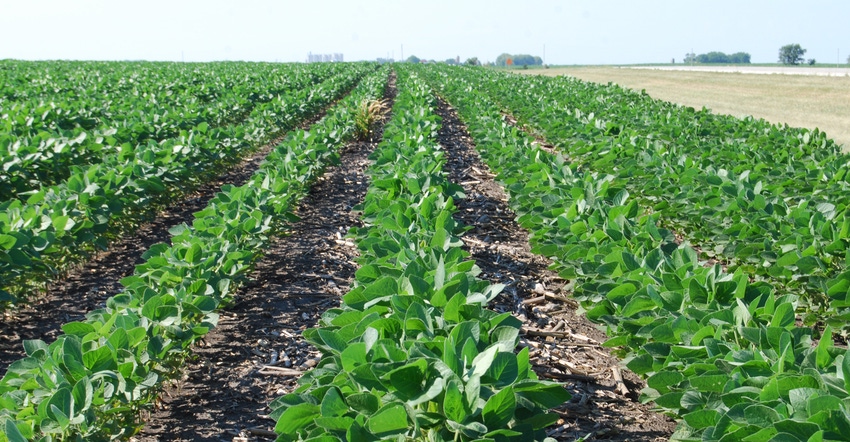November 16, 2018

Earlier this year, Iowa State University released the results of a survey showing how the age of Iowa’s farmland owners continues to rise. The survey, conducted by Wendong Zhang and Alejandro Plastina, ISU Extension economists, offers information on farmland ownership trends.
Farmland Ownership and Tenure Survey 1982-2017: A Thirty-five Year Perspective, FM 1893, is available for $5. It can also be downloaded as a PDF.
Conducted every five years by ISU since the 1940s, the Farmland Ownership and Tenure Survey focuses on forms of ownership, tenancy and transfer of farmland in Iowa, and characteristics of landowners. The latest survey was conducted in July 2017. A record 35% of Iowa farmland owners were aged 75 or older in 2017. And 60% were over the age of 65, which is 5 percentage points higher than 2007 and twice the level recorded in 1982.
Notable trends
The aging of farmland owners is one of several notable trends found in the latest survey.
“An increasing amount of land is cash-rented,” Zhang says. “In 1982, leased farmland was equally divided between cash rent and crop share leases. However, by 2017, 82% of leased farmland was under a cash rent arrangement. Two primary reasons for the trend away from crop share and toward cash rent agreements are that landowners have become more dispersed and the number of landowners per tenant has increased. Both of these trends make payment in grain and keeping grain differentiated by owner more difficult.”
More farmland is now owned debt-free, the study shows. In 2017, 82% of Iowa farmland was debt-free, a significant increase from 62% in 1982 and 78% in 2012. This could be the result of profits earned during good crop years in 2012 and 2014, and profitable livestock production years like 2014.
Reasons for owning land changing
The survey shows that reasons for owning farmland are changing. “The survey found three primary reasons for owning farmland,” Plastina says. “Almost half — 49% — is owned for current income, 19% is owned for long-term investment, and 29% is owned for family or sentimental reasons. The remaining reasons include owning a house with an acreage and for recreation purposes.”
Zhang and Plastina say the data show a trend away from sole ownership and joint tenancy toward institutionalized ownership structures, such as trusts and corporations. Taken together, these major trends have significant implications for when and how farmland is intended to be transferred to the next generation.
“These recent trends reveal that only 7% of Iowa farmland was intended to be sold to a nonfamily member,” Zhang says. “Recent federal and state tax policy changes, especially the reinforcements of stepped-up basis for farmland transition and 1031 exchanges for farmland, will likely continue making the farmland market tight with limited land sales.”
Farmland is arguably a farmer's single largest investment item, a major source of collateral, and a key component of the farmer's debt portfolio. As a result, changes in the farmland market and the implications for farmland owners, tenants and beginning farmers are of interest to policymakers, landowners, producers and researchers.
Source: Iowa State University
You May Also Like




